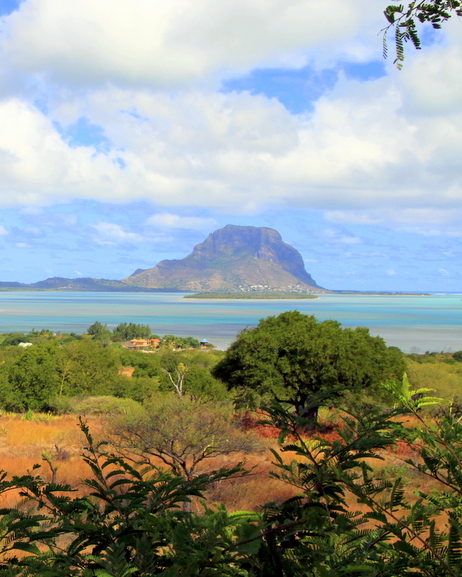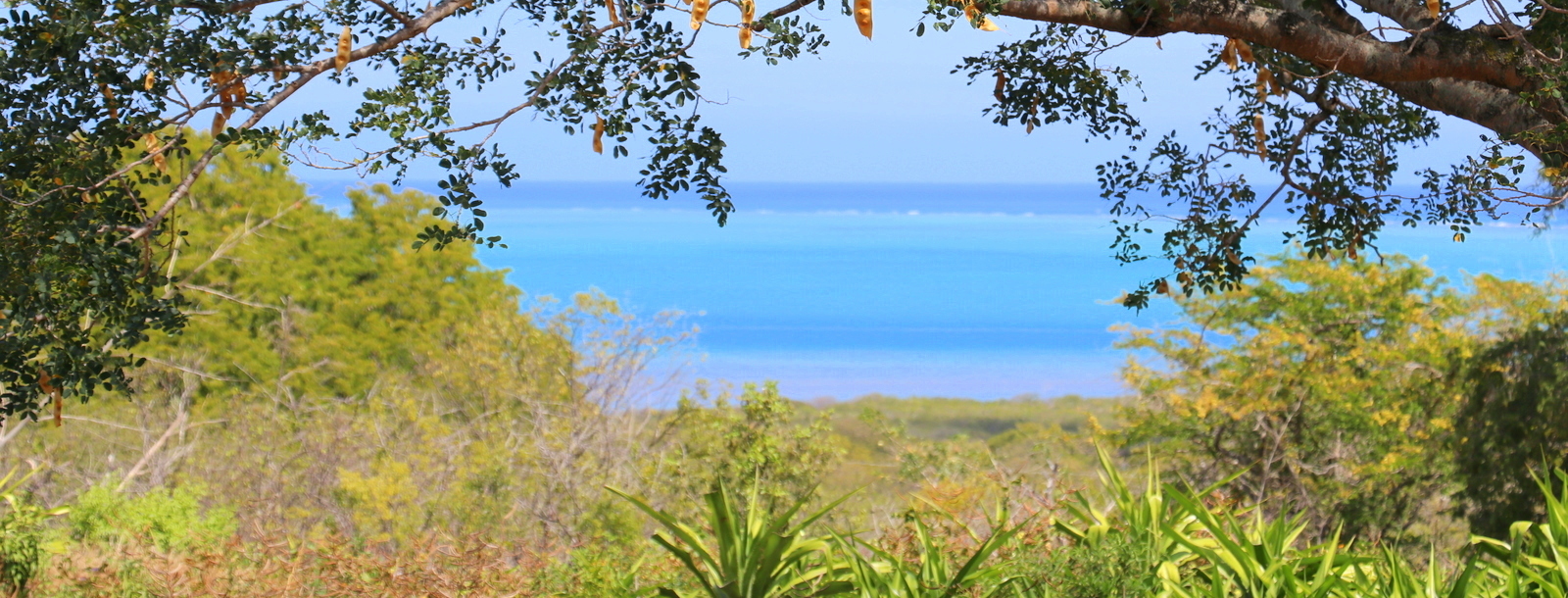Your 10 most frequently asked questions
Would you like to dig deeper? Are you looking for specific information about this project? Or have you not found answers to your questions on other pages of this website?
We hope this list of ten most frequently asked questions will shed light on your queries. For any additional questions, our teams are at your disposal.


Our environment
What is an ESA ?
An ESA (“Environmentally Sensitive Area”) is a natural resource of prime importance for the biodiversity of a land.
This designation, commonly used in countries around the world, was established using a strategic approach recommended by international programmes associated with the Convention of Biological Diversity (CBD) and the Millennium Ecosystem Assessment (MEA).
The ESAs present in Mauritius are classified under three categories, based on their ecosystem service value and contribution to biodiversity. They are subject to strict monitoring and management by the Mauritian government and NGOs present on the island.
Why are wetlands important for our lands and country?
Wetlands are environmentally sensitive areas that play a vital role in the functioning of our coastal ecosystems. Not all of them function in the same way, and each one of them serves a specific purpose—beyond their hydrological, biogeochemical, ecological and biodiversity functions, which are operational to varying degrees depending on their location.
Broadly speaking, wetlands allow :
- To control and regulate floods by trapping heavy rainfall and slowing the speed of rising water levels, for instance ;
- To decontaminate and purify water by absorbing all the dissolved chemical nutrients and, in the process, improving the quality of water ;
- To trap sediments, greatly relieving coastal waters of large sediment loads ;
- To harbor and host the aquatic biodiversity of our territory, such as migratory birds and native plants, who seek refuge in these wetlands.
Wetlands not only guarantee the proper functioning of our coastal ecosystems, but they also ensure our wellbeing and act as a strong barrier against natural disasters and climate change. They are resilient environments that are crucial to the survival of mankind. It is therefore vital to preserve and protect them.
Which endemic and native species (fauna and flora) inhabit these areas?
In his study, environmental consultant Pierre Baissac identified the following endemic and native species :
Flora :
The native vegetation currently present in the wetland is mainly composed of Zoysia tenuifolia (also known as Mascarene grass, or herbe pique fesses), but also Thespesia populnea (Indian tulip tree, or Sainte Marie) and Pemphis acidula (also bois matelot) located near the edge of the water, above the natural high water mark.
This wetland also serves as a refuge for native coastal vegetation, particularly two critically endangered endemic plant species, which are present but rare in the region, and almost on the verge of extinction: Phyllanthus revaughanii and Lycium mascarenense.
Two other endangered species, Sesuvium ayresii and Atriplex aellenii, are widely common on the site.
There have also been occasional sightings of the Hilsenbergia petiolaris (known as Bois Pipe) and of the Dodonaea viscosa (Bois de Reinette). Were also finally observed: Fimbristylis ferruginea and F. cymosa, Bacopa monnieri, the creeping vine Ipomoea pes-caprae (liane batatran) and abundant bushes of the native coastal shrub Scaevola taccada (also known as beach cabbage or veloutier vert).
Fauna :
This wetland also represents quality habitats for shorebirds, which remain the predominant fauna present on the site.
Certain dragonfly species were also observed, such as Fimbristylis ferruginea, but also the Phelsuma ornata (ornate day gecko), the endemic Zosterops mauritianus (known as pic pic), the swamp chicken Gallinula chloropus, and at least 11 species of birds, both migratory and wading birds.
The project at Les Salines
How relevant is the strategy developed by New Mauritius Hotels?
Because of the Group’s unwavering confidence that there need be no trade-off between the economy and ecology, New Mauritius Hotels embarked on this project designed to restore the biodiversity of the wetland, with the aim of minimizing its impact on the environment.
This strategy is relevant insofar as the Group and its expert partners undertake to recreate a wetland with equivalent conditions, if not superior conditions, to its original state, and to ensure the long-term monitoring of the zone to restore its biodiversity and make sure it serves its primary environmental function in the most optimal way.
How were the external experts who are supporting this project selected?
The external experts collaborating on this project were selected based on their extensive experience and expertise in their relevant areas, whether in ecology and environmental strategy, landscaping, or even the architecture and eco-design of golf courses.
Each one of these participants aspires to put his/her skills at the service of the region and have a positive impact on the land. Their commitment is driven by both a civic responsibility and the desire to contribute to a viable, meaningful project.
Who are the relevant authorities approving this project ?
The project was submitted to an Environmental Impact Assessment (EIA) conducted by the Ministry of Environment, and is closely supervised by the Ramsar Committee to ensure the sustainable development of the wetland.
In parallel, the eco-construction of the golf course was carried out in close collaboration with the GEO Foundation, who is responsible for ensuring compliance with all the recommendations required to obtain this prestigious certification, ranging from the design to the layout of the golf course.
How does a golf course help with the development of a wetland ?
A buffer zone is generally characterized by dry uplands and native vegetation, and aims to reduce the negative impacts of surrounding developments on the wetlands. Thanks to their vegetation and dry nature, they present an ideal environment for several insect species, such as dragonflies, as well as plants and organisms that will strengthen the survival of wetlands and protect their biodiversity by providing a habitat for food, reproduction, nesting and wintering for their fauna. They form an integral part of the wetland.
Through adequate landscaping and an eco-design, a golf course can serve as the ideal buffer zone to optimize the wetland’s ecological functions. Indeed, its ecological design allows for more sustainable maintenance and the reduced use of harmful products, thus minimizing the environmental impact on the wetland and its buffer zone. Moreover, this makes it possible to push back the boundaries of any construction around the area, and in doing so, strengthen the ecological activities of the area.


The project and the region
Who is responsible for monitoring the area and the project’s progress ?
Both the study and the structuring of the project to restore the biodiversity of the wetland at Les Salines were executed by our Environmental Consultant. The project’s implementation is supervised by the international Ramsar Committee, whose mission is to protect wetlands across the world.
New Mauritius Hotels is closely involved in the implementation of the project and will be responsible for monitoring its progress alongside Pierre Baissac.
Will access to the area be restricted to the public?
The wetland, which is officially demarcated, will be protected by its buffer zone of a 30-meter radius. Should the wetland become accessible to all through the golf course and a walking trail, the following activities will be strictly prohibited :
– Waste disposal
– Discharge of wastewater’
– Drainage, siltation and backfilling of wetlands;
– Land rehabilitation;
– Habitat fragmentation;
– Disturbance and destruction of its fauna and flora, as well as its native terrestrial biodiversity;
– The construction of revetments, sealing structures or any other intervention that could compromise, in any way, the normal functioning of the wetland.
These restrictions and prohibitions are governed by the Ramsar Convention, which emphasizes the ‘wise use’ and sustainable use of wetlands by all its signatories, including Mauritius.
How will this project benefit the region and its communities?
Following the Social Impact Assessment carried out in the region in May 2019, certain areas of support and development were identified for the benefit of the surrounding communities.
Priority measures were carried out to empower these communities to be independent in their daily lives, from improving their living conditions and education, to providing entrepreneurship and employment opportunities that will help them contribute to the development of the land and the rehabilitation of the long-lost trade of harvesting salt.
Once the area is developed, a craft village will be set up to showcase the region’s unique craftsmanship. Environmental awareness programmes will be carried out on site in collaboration with NGOs to sensitize people of the importance of our coastal ecosystems.



